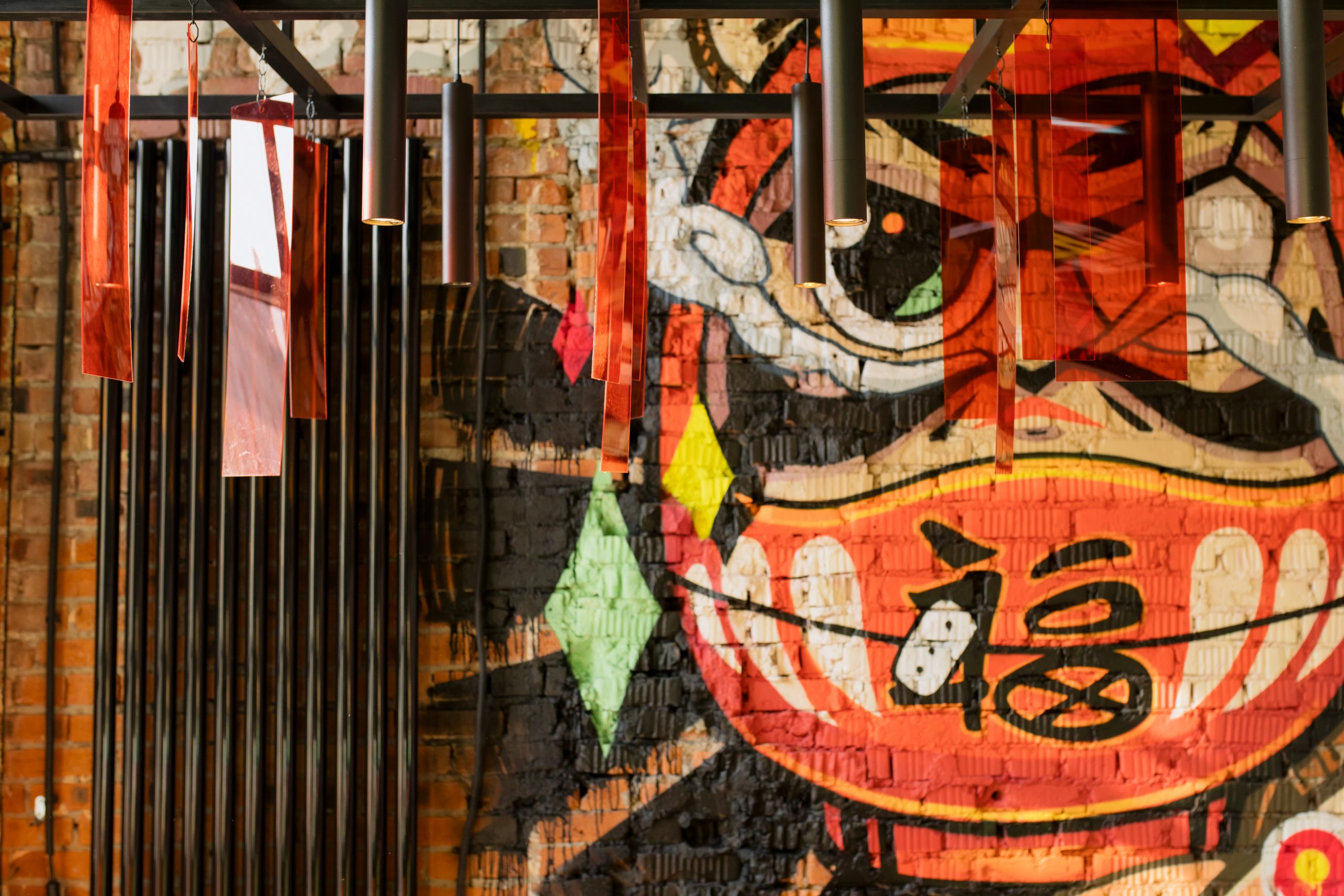
Graffiti is an integral part of street art today. While many of us appreciate this type of art, few know anything about its origins. Let us take you on a journey through the history of graffiti!
Graffiti was born in Philadelphia in the late 1960s and early 1970s. It was started by Cornbread, a young man who marked the name of his beloved on all the walls of the city. Cornbread soon gained a crowd of followers among young people. Over time, simple tags were replaced by stylized inscriptions with an artistic dimension.
The media picked up on the local phenomenon, which soon spread to other American cities, including New York. The graffiti fashion quickly became a victim of success among young people. The Big Apple authorities were forced to introduce penalties for painting on buildings.
The illegality of graffiti led to the emergence of a counterculture phenomenon as much as hip-hop. Since then, the graffiti community began to develop its own rules, customs, vocabulary, and even create artistic “schools”.
The fashion for graffiti arrived and established itself in Europe. Starting in the 1960s, the Berlin Wall was a vehicle of expression for the people of West Germany. At first, with full respect for the law, it served as a free tribune, but after a few years it attracted artists from all over the world. West Berlin appeared to be a thoroughly modern place – elsewhere graffiti was treated as vandalism.
In Poland, the phenomenon of graffiti dates back to the period of World War II and then to communist Poland, when underground slogans, and later those criticizing socialist authorities, were one of the forms of fighting the occupant. Probably the best known representatives of Polish street art of those years were
Waldemar Frydrych, the initiator of the “Orange Alternative” and the originator of many actions, including painting dwarves on Wrocław walls, and Tomasz Sikorski, who in 1985 started to paint on walls the figure of a mermaid rejecting a sword.
The 1980s marked a new turning point in the development of street art. New York authorities impose increasingly severe penalties on graffiti artists, yet some of them, including Jean-Michel Basquiat and Keith Haring, known to you for sure, begin to open galleries displaying their work.
The work of graffiti artists is becoming more diverse. Tags are increasingly giving way to collages and stencils, as well as figurative or abstract paintings, colored or monochrome. There is increasing talk of street art. The latter, in the course of time, becomes such a common phenomenon that in the 1980s it creeps into museums and galleries, winning the favor of collectors and auction houses.
At the beginning of the 21st century, Banksy, the icon of street art, gave a new quality to street art, taking up difficult, often controversial subjects with his murals. The British artist’s murals are scattered all over the world, and at the same time he successfully guards his anonymity. Today, street art is no longer seen as a temporary whim of the counterculture, but as a full-fledged type of visual art.
Read also: https://camashe.com/visual-arts/the-louvre-makes-its-collections-available-online/
Main Photo: cottonbro/pexels.com